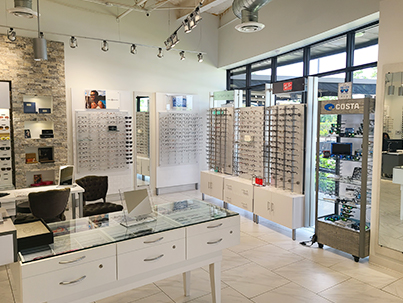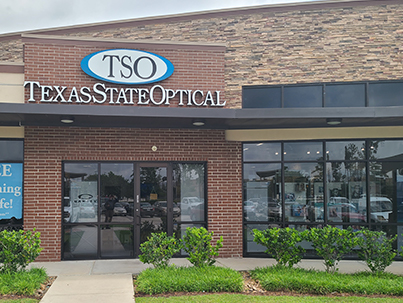How Visual Field Testing Can Detect Glaucoma Early: Protecting Your Vision
Blog:How Visual Field Testing Can Detect Glaucoma Early: Protecting Your Vision

How Visual Field Testing Can Detect Glaucoma Early: Protecting Your Vision
Glaucoma is a serious eye disease that damages the optic nerve, often without noticeable symptoms in its early stages. This condition is one of the leading causes of blindness worldwide, and once vision is lost, it cannot be restored. However, early detection can help slow its progression and preserve vision. One of the most effective tools for identifying glaucoma in its earliest stages is visual field testing.
What Is Visual Field Testing?
Visual field testing is a diagnostic tool used to assess a patient’s peripheral (side) vision. This test measures how well a person can see in different areas of their visual field while focusing on a central point. Since glaucoma often affects peripheral vision first, visual field testing is essential for detecting changes that might not be noticeable to the patient.
How Visual Field Testing Detects Glaucoma
Glaucoma typically progresses silently, gradually reducing peripheral vision before affecting central vision. Because these changes occur so slowly, many people do not realize their vision is deteriorating until significant damage has already occurred.Visual field testing can detect early vision loss by:
Identifying blind spots (scotomas) in a patient’s visual field.
Tracking progressive changes over time to assess the severity of glaucoma.
Measuring differences between each eye to spot asymmetrical vision loss.
Doctors use the results of visual field testing along with other diagnostic tools, such as intraocular pressure measurements and optic nerve imaging, to diagnose and monitor glaucoma effectively.
Who Should Get Visual Field Testing?
Certain individuals are at higher risk for glaucoma and should undergo regular visual field testing, including:Adults over the age of 40, especially those with a family history of glaucoma.
Individuals with high eye pressure (intraocular pressure).
Those diagnosed with diabetes or other health conditions that impact blood circulation.
People with severe nearsightedness (myopia).
African Americans, Hispanics, and Asians, who have a higher risk of developing specific types of glaucoma.
Even if you are not at high risk, scheduling routine comprehensive eye exams, including visual field testing, can help detect glaucoma before significant vision loss occurs.
Protecting Your Vision with Early Detection
Glaucoma is a progressive disease, but when detected early, treatments such as prescription eye drops, laser therapy, or surgery can help slow its progression and prevent severe vision loss. Visual field testing is a critical part of early diagnosis and ongoing management, ensuring that any changes in vision are detected as soon as possible.At Texas State Optical Rayford, we are committed to protecting your vision through advanced diagnostic technology, including visual field testing. If you are at risk for glaucoma, visit our office in Spring, Texas, or call (823) 239-5723 to schedule an eye exam today.


